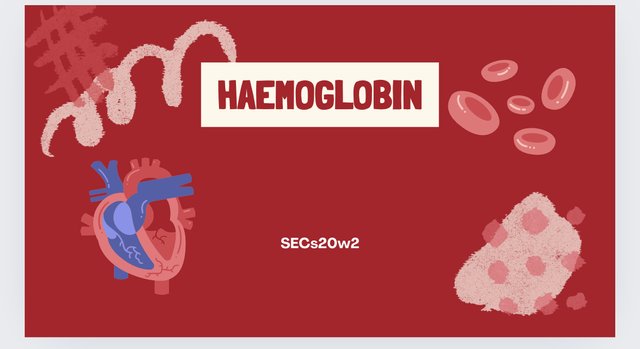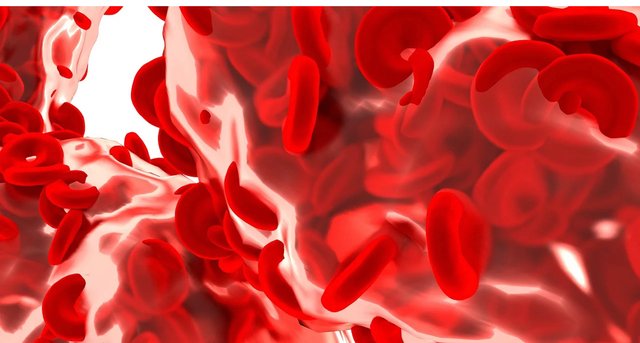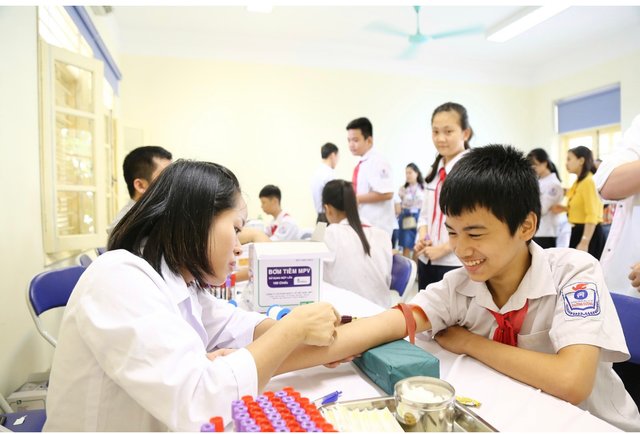SEC S20W2 || Hemoglobin - Module 2.
Greetings and welcome to my blog. Am glad to participate in this challenge and I must say it’s eye opening and am learning a lot. Here are my answers to the class work.
 |
|---|
Death of Rafael Rangel |
|---|
Rafael Rangel .A. is a Venezuelan parasitologist, researcher and a physician born at Panteon Nacional on 25 April 1877. He live from 1877-1907. Rafael died in Caracas Venezuela. He was educated at Central University of Venezuela. Rafael is popularly known to spearhead the research and studies in bio analysis and parasitology in Venezuela.
He was given an appointment in 1902 as the first director of the bacteriology and histology laboratory at Vargas hospital. In 1908, the President Cupriano Castro requested that he should be in charge of the Bubonic Plague eradication health campaign in La Guaira.
He was said to fell into depression one year later due to the various problems he encountered during the plaque and also because he was refused a scholarship to study abroad which he had waited for along time. He committed suicide by drinking the Drabkins reagent. Drabkins reagent contains potassium cyanide, potassium ferricyanide and potassium dihydrogen phosphate which is used in the laboratory for determining the amount of Haemoglobin in the blood.
Describe Hemoglobin |
|---|
Haemoglobin is the protein that contains iron in erythrocytes ( red blood cells) of animals/humans that moves oxygen from one part to the other in tissues. Haemoglobin forms a bond that is unstable with oxygen and it’s called Oxyhaemoglobin when it’s in its oxygenated state, in this state its usually bright red but when the state is reduced, it has a purplish blue colour.
A Haemoglobin molecule is surrounded by a globin group which consists of four heme groups. Heme is responsible for just 4% of the molecule weight and it’s made up of an organic compound called porphyria to which iron atom is fused which has a ring like shape. This iron atom is responsible for binding oxygen to the blood as the blood moves through the lungs and to the tissues. Each molecule of Haemoglobin contains four iron atoms which in turn binds four oxygen molecules.
There are different types of Haemoglobin. There is the normal Haemoglobin and the abnormal Haemoglobin.
The normal Haemoglobin includes; Hemoglobin (Hgb) F also known as the fetal Haemoglobin which is usually seen in unborn babies and new borns while the Hemoglobin (Hgb) A is the type that is commonly seen in healthy adults.
The abnormal Haemoglobin type includes;
Hemoglobin (Hgb) S which causes sickle cell disease, the Hemoglobin (Hgb) C causes a mild form of anaemia because it doesn’t carry oxygen well and lastly the Hemoglobin (Hgb) E which is claimed to be largely seen in people from the decent of SouthEast Asia and they are said not have mild and no symptoms of anaemia.
Automated Hematocrit vs Manual Hematocrit |
|---|
Haemacrit simply lets us ascertain the quantity of red blood cells that is contained in a particular volume of blood. This can be ascertained using the Manual haemacrit and the automated haemacrit.
Manual haemacrit is carried out by by filling capillary tubes with about 75% of heparin which is sealed and sent to the centrifuge (microhematocrit centrifuge ) for some minutes usually within five to ten minutes at 12000+/−600 RPM . The total height of the sample in tubes and that of the packed red cell layer will be measured using a reader; capillary micro-hematocrit reader. The percentage Haemocrit value is determined by dividing the height of the red cell layer by the total sample height.
The automated Haemocrit is easier as the machine determines the red blood cells present in the sample in the laminar chamber through scintillation. The number of the red blood cells is multiplied by the mean of the red blood cell volume of the sample of red blood cells to get the volume of the component of the red blood cell sample. The Haemocrit value is deduced by dividing the red blood cell volume by the total sample volume.
Both manual and automated Haemocrit is used in the laboratory side by side as the difference between them is not much due to the concentration of plasma in the manual method which results to the less value in the automated method but this difference is inconsequential.
Explain a real-life example with the concept of hematocrit. |
|---|
With the teachers example of sand in a glass of water, a practical real life story is a Haemocrit would be;
Mixture of water and oil in a pot which can be separated through evaporation.
The mixture of Plasma and blood in a tube. The liquid content of our blood is the plasma which makes up about 55% of our blood while the rest are red blood cells. This can be separated through centrifugation.
Milk and cream. The cream readily rises to the top and can be skimmed off.
Wine and its sediment in a wine bottle that settles at the bottom which can be decanted.
My Questionaire |
|---|

I invite @ruthjoe, @jobita30 and @ngozi996 to Parton this challenge.,


Upvoted! Thank you for supporting witness @jswit.
This post has been upvoted/supported by Team 7 via @httr4life. Our team supports content that adds to the community.
Thank you @httr4life for your support 🌝🤗🙏